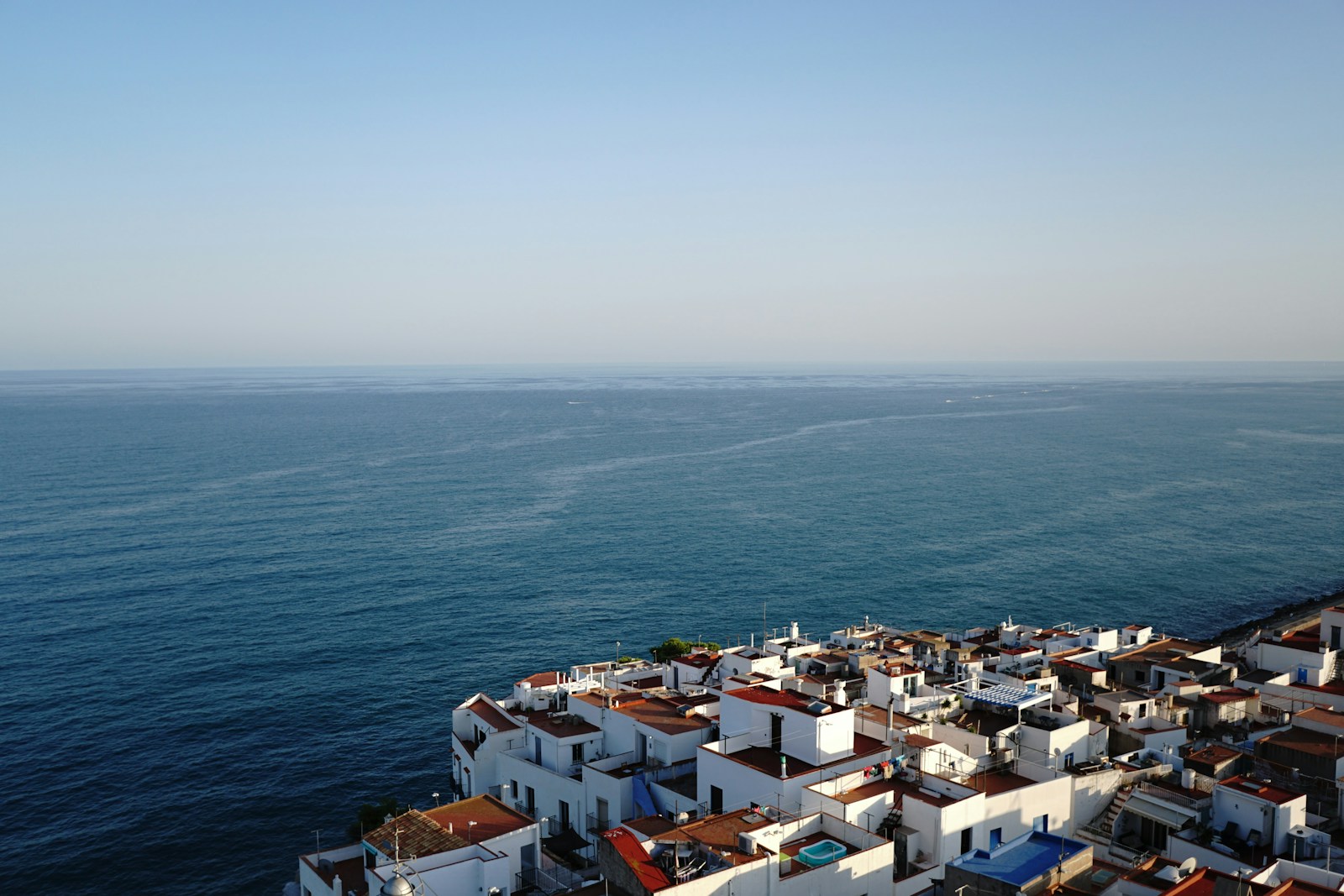
encalar

whitewash
The Spanish word 'encalar' is not essentially translated as 'encalar' in English. It is a verb that originates from the term 'cal' meaning 'lime' in English. It is used to refer to the act of whitewashing, coating, or covering with lime. In a broader context, it's used to depict the action of painting or coating a wall or surface with any white material, not just lime. So, depending on the context, 'encalar' could be translated into English as 'to whitewash', 'to lime', or 'to coat with a white substance'.
Example sentences using: encalar
Decidí encalar la casa para protegerla del clima.

I decided to whitewash the house to protect it from the weather.
This phrase shows the use of 'encalar' in the context of applying a white protective layer to a house, emphasizing the intent to safeguard it against environmental conditions.
El artista quiere encalar el muro del estudio.

The artist wants to whitewash the wall of the studio.
In this sentence, 'encalar' refers to the artist's desire to coat the studio wall, indicating a focus on both aesthetics and perhaps preparing the surface for future artwork.
Vamos a encalar los árboles para evitar plagas.

We are going to whitewash the trees to prevent pests.
This example illustrates the use of 'encalar' in an agricultural context, where farmers apply whitewash to trees as a protective measure against infestations.